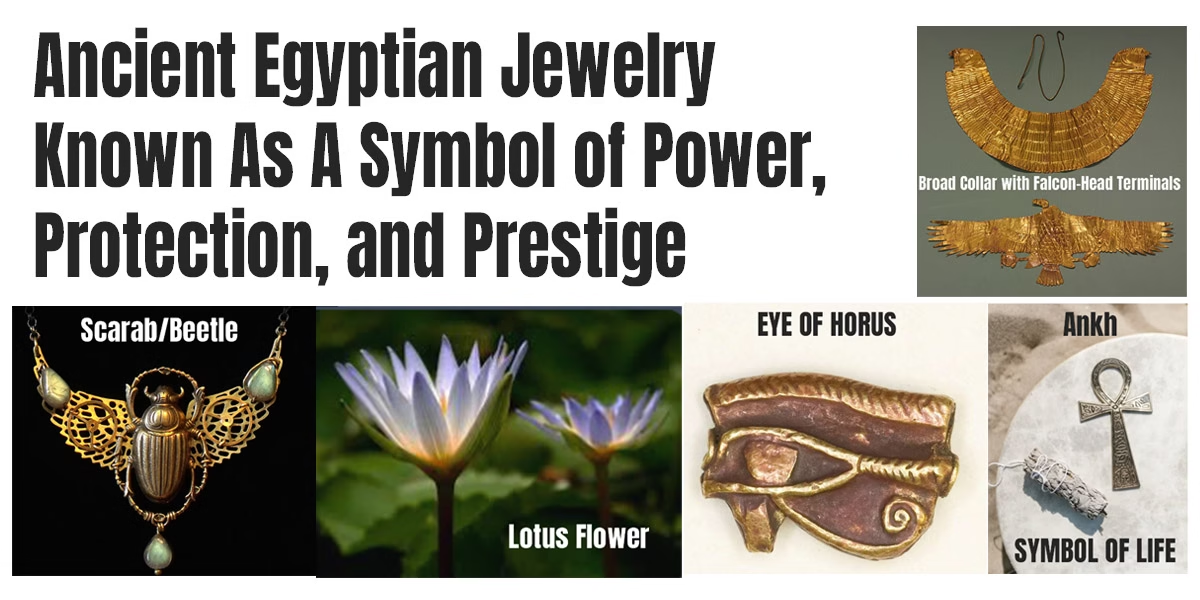Jadau Jewellery technique
Jadau is a renowned and intricate jewelry-making technique that has been a symbol of luxury and tradition in India for centuries. Famous for its detailed craftsmanship, this technique involves setting uncut gemstones into gold without the use of prongs or holes. Below is a detailed exploration of Jadau jewelry, its history, crafting process, and contemporary appeal.
- History and Origins of Jadau Jewelry
- Mughal Influence: Jadau originated during the Mughal era in the 16th century, introduced to India by Mughal emperors. The craft combined Persian, Turkish, and Indian design elements, creating a distinct style that was luxurious and intricate.
- Cultural Heritage: The word “Jadau” comes from the Persian word “Jadaw”, meaning “to set” or “to embed,” referring to the method of embedding gemstones in gold without the use of holes or prongs.
- The Crafting Process of Jadau Jewelry
- Base Creation: The process starts with creating a base, often made of 22K or 24K gold, which is intricately designed to hold the gemstones.
- Gemstone Setting: Artisans then embed the gemstones—such as diamonds, rubies, emeralds, or sapphires—by melting small amounts of gold to create settings around each stone, without drilling holes. This requires extraordinary precision and expertise.
- Labor-Intensive Craftsmanship: The entire process is labor-intensive, often taking several days or even weeks, depending on the complexity of the design.
- Key Features of Jadau Jewelry
- Polki Diamonds: One of the most distinctive features of Jadau jewelry is the use of uncut diamonds, known as polki diamonds. These diamonds retain their natural, raw appearance, which gives the jewelry a rustic and antique charm.
- Other Gemstones: Besides polki diamonds, Jadau often incorporates other precious stones, such as emeralds, rubies, sapphires, and pearls, arranged in elaborate patterns.
- Intricate Motifs: The designs often feature motifs inspired by Mughal art, nature, and Indian culture, including florals, paisleys, birds, and geometric patterns.







